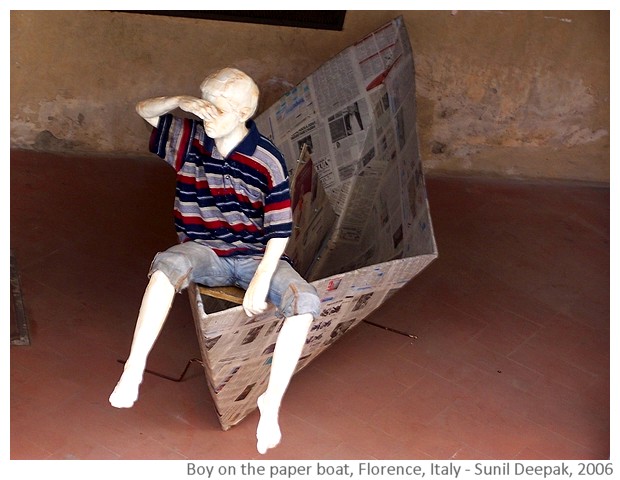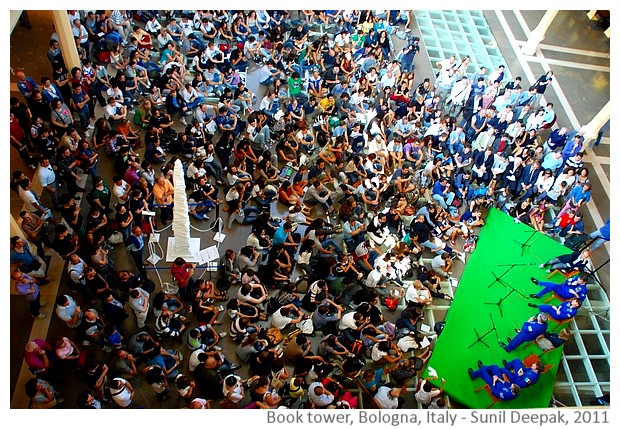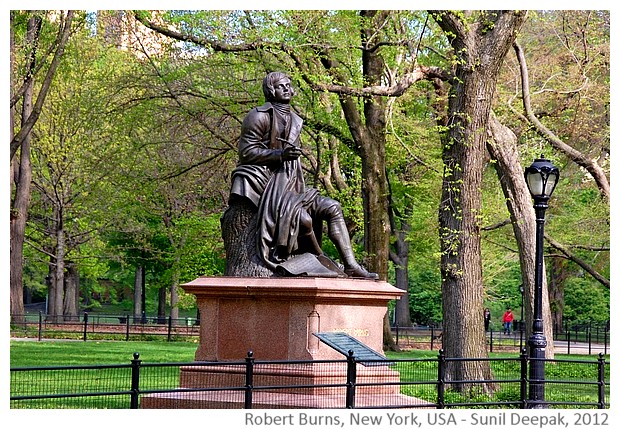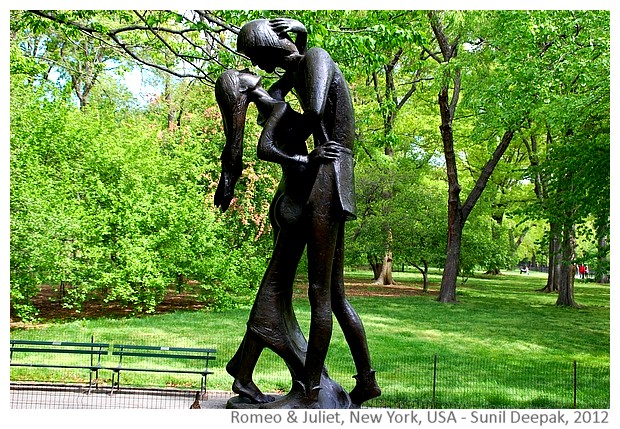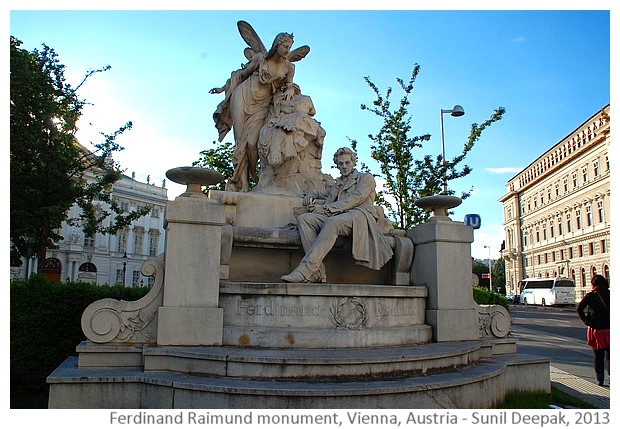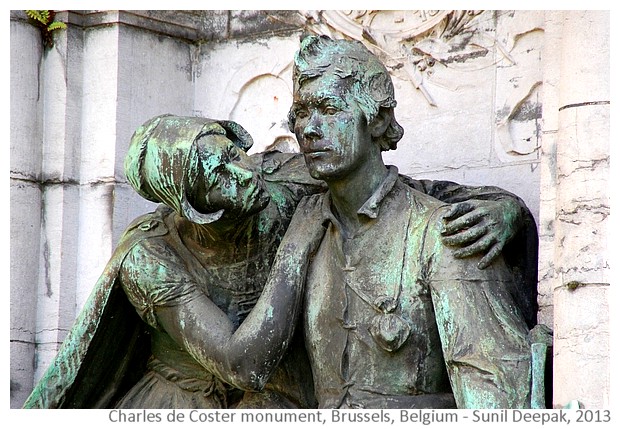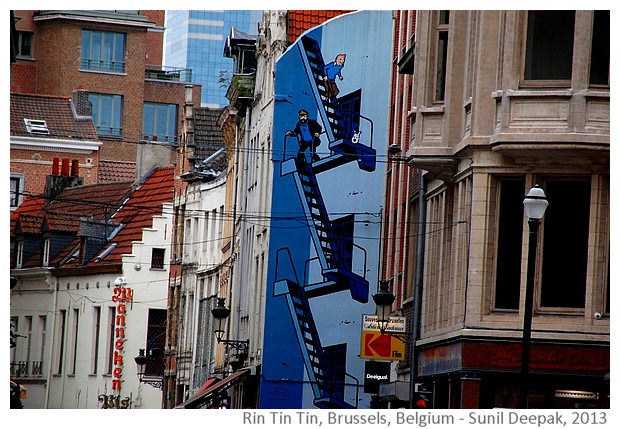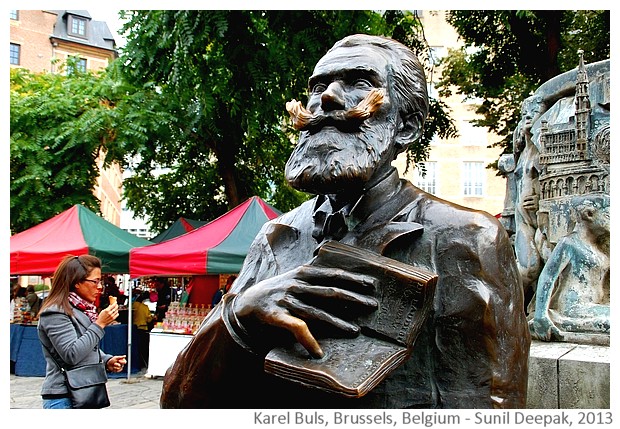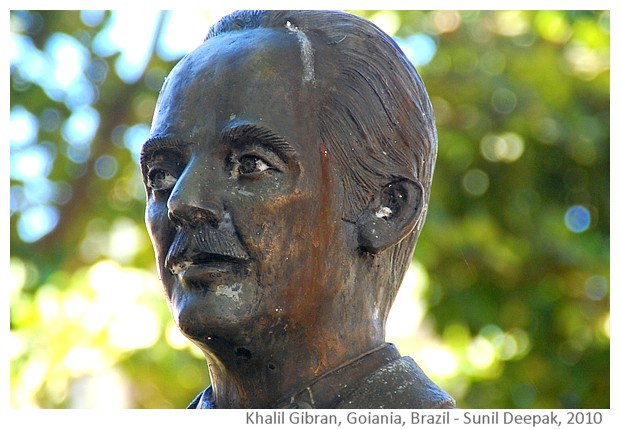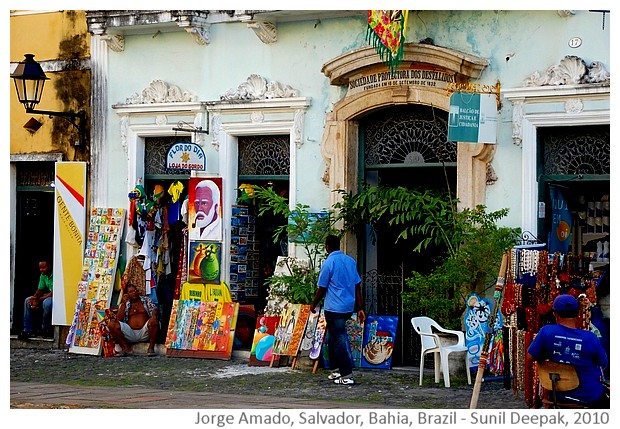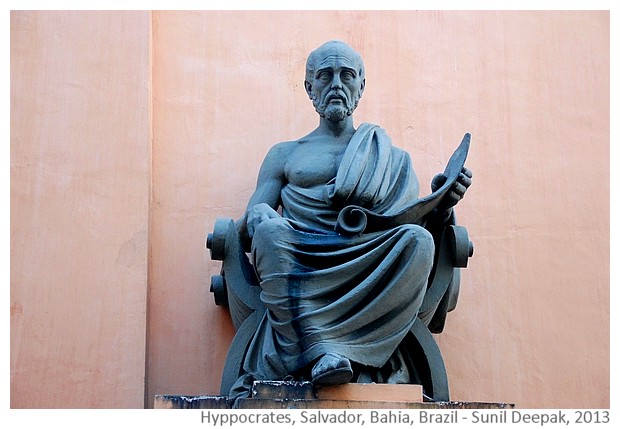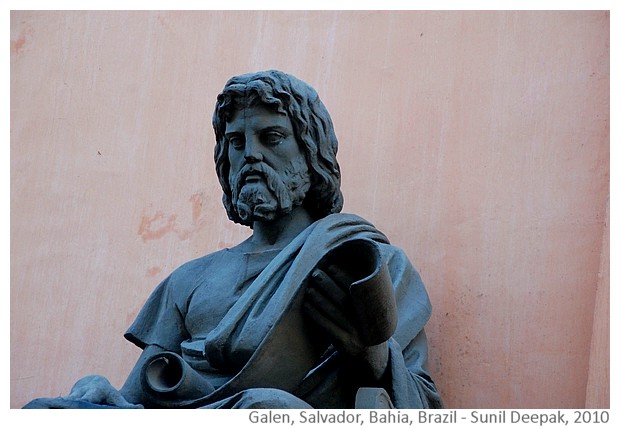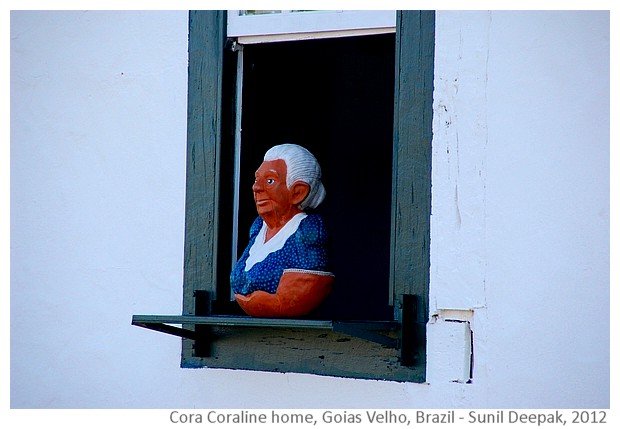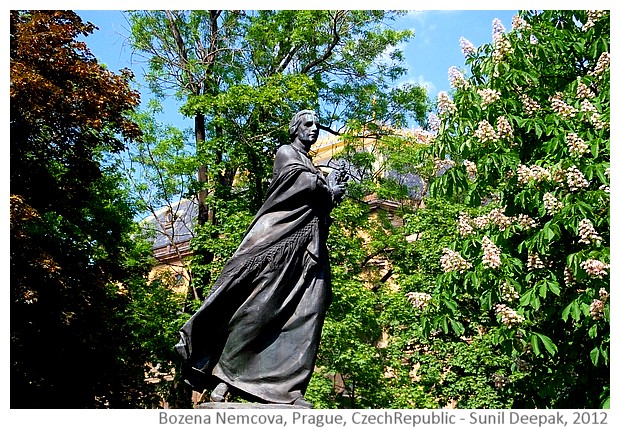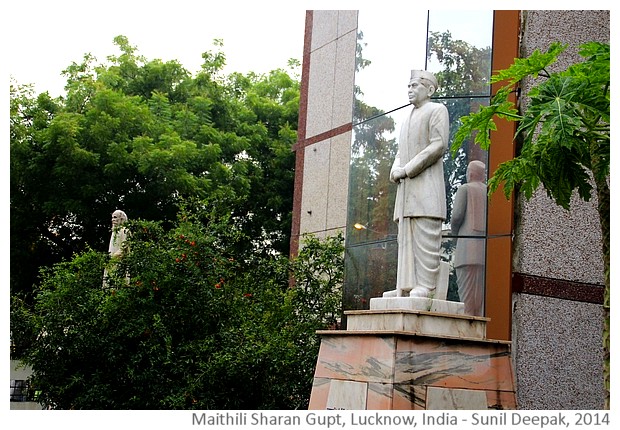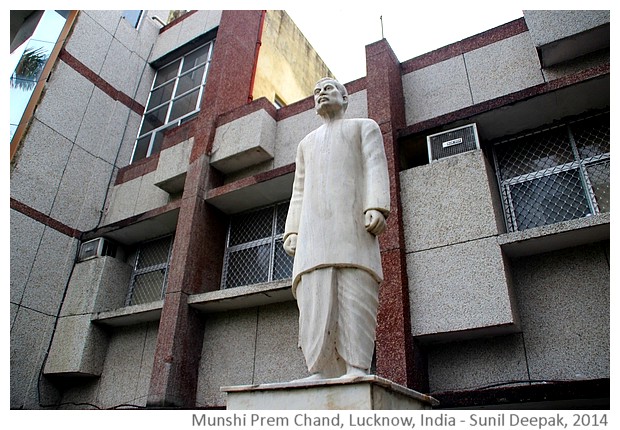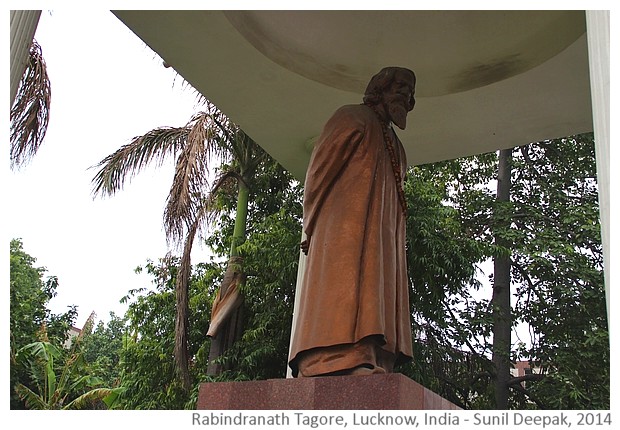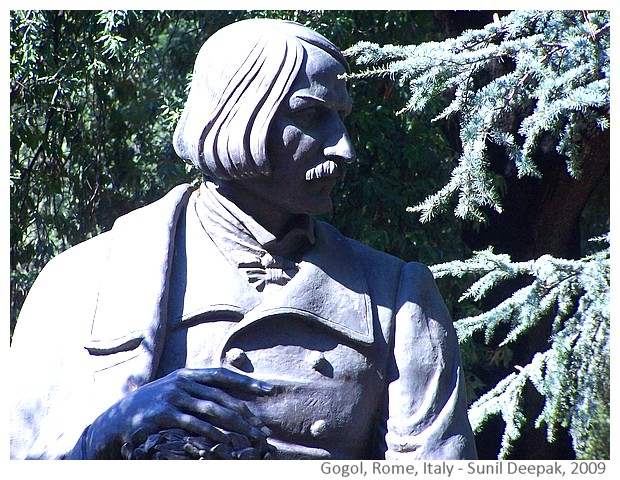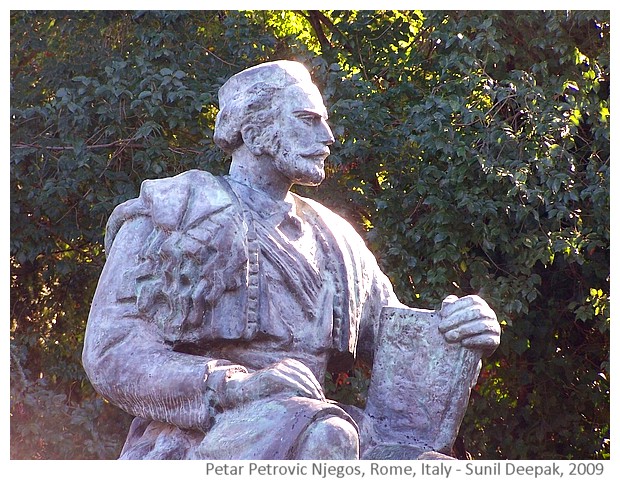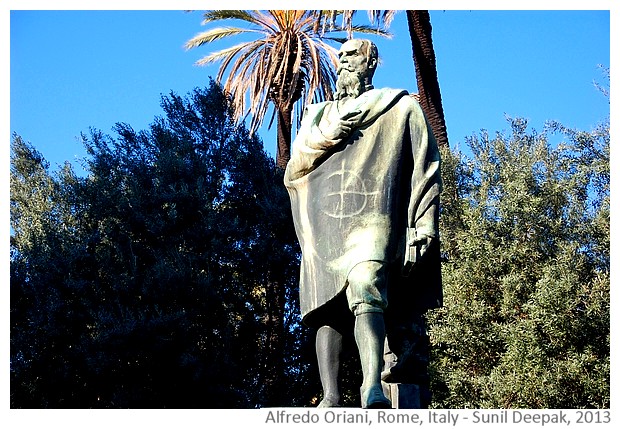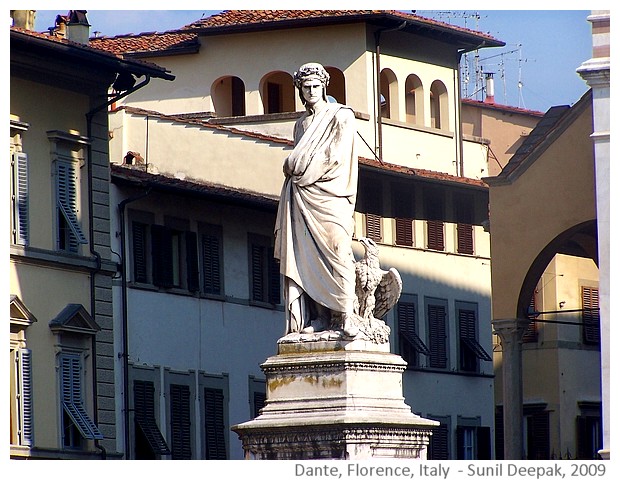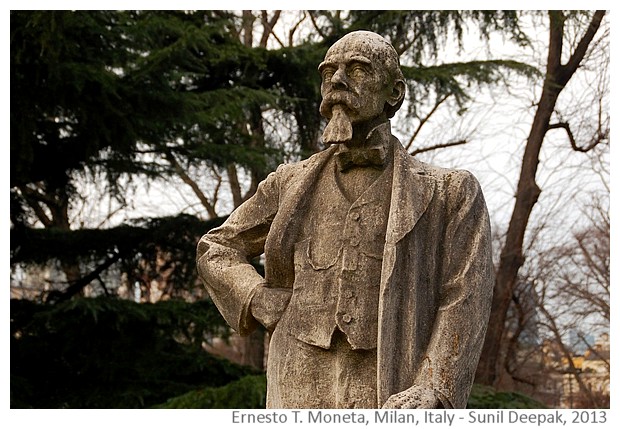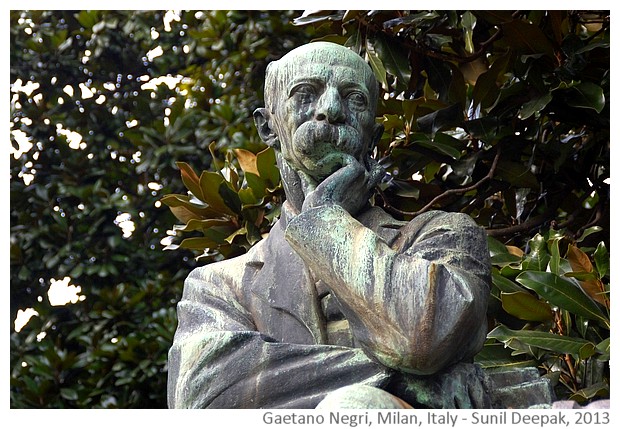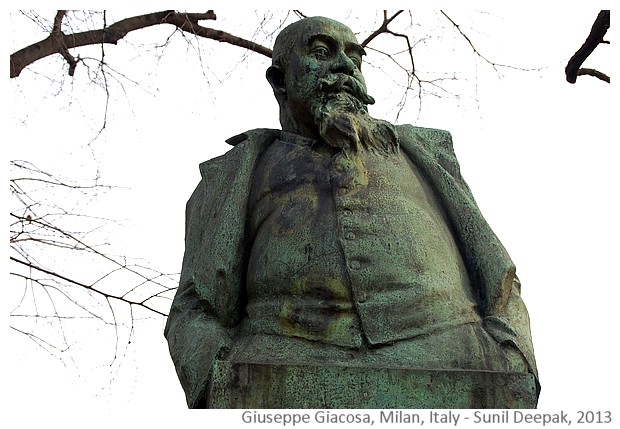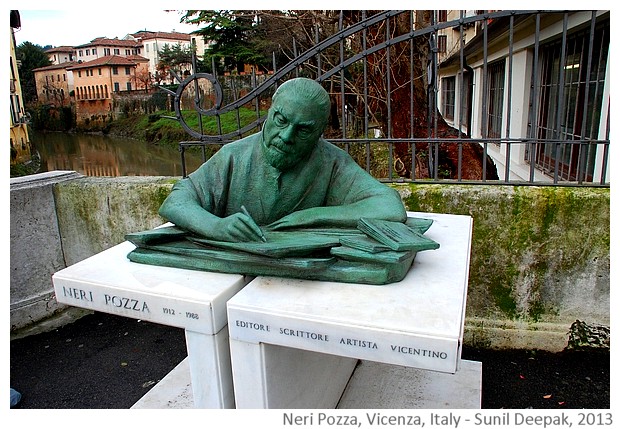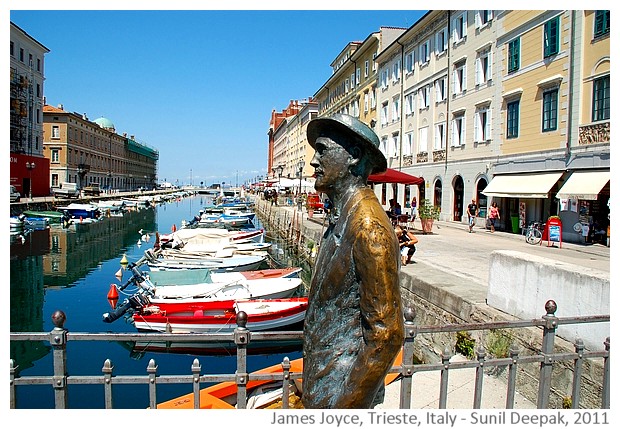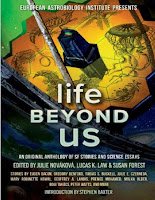When our Book-Reading group proposed a guided tour of the recently renovated Villa Forni-Cerato, I was immediately interested because it is one of the Palladio-buildings. Andrea Palladio was one of the best-known medieval Italian architects who had spear-headed the Italian architectural renaissance in the 16th century. His buildings have inspired architects across the world (for example, the White House in USA was inspired by his Villa Rotonda in Vicenza).
In 1996, UNESCO recognised the Palladio villas as World Heritage sites. There are 24 villas designed by Palladio and the Veneto region in the north-east of Italy, where I live, hosts 16 of them. Villa Forni-Cerati is one of those 16 villas. The city of Vicenza has some of the famous Palladio buildings including the Basilica and the amazing Olympic theatre.
On saturday 6th April 2024, we visited this villa, which is located in Montecchio Precalcino, a 25 minutes drive from Schio (VI) in north-east of Italy. This post is about this beautiful building, its history and architecture.
Why Was Villa Forni Cerato Built?
Villa Forni-Cerato was built in 1565 in Montecchio Precalcino for Girolamo Forni, a timber merchant, originally from Valdastico. It is a mostly rural area, about 20 kms from Vicenza.
Forni was working with Andrea Palladio, supplying the timber for his constructions. Wood-logs from places like Tonezza e Alto Piano of Asiago were used for many of the Palladio buildings including the scaffoldings of the Basilica in Vicenza.
The timber was brought down along the Astico river, which was prone to flooding and thus different dams were built along its course to control the water-flow. Dams became collection-points for the wood-logs brought down by the river. One of the dams was in Montecchio Precalcino where Forni lived and where he had his timber-yard. Thus, from supplying all the timber to Palladio, Girolamo Forni became rich and then he asked Palladio to design a simple villa for him, which was built next to his old house.
Design of Villa Forni-Cerato (VFC)
VFC is a simple villa without flashy adornments and yet, it is like a little jewel for its symmetrical and proportionate design. It was been designed as a cube containing 27 square modules, each side of which is 57.8 cm long, and the whole building can be visualised as a Rubik's cube.
The stairs (not the original ones) lead to a loggia on the middle floor of the Villa, with open windows on the two sides, which leads to a central hall with two rooms on the sides and one narrower space between the two, which has the stairs.
Built on three levels, the ground floor had the servants' quarters and the kitchen; the middle floor (the noble floor) was the living areas of the Forni family; and, above, the attic held the granary and stores. The rooms are in 9 modules and each has walls 5.20 metres high, creating huge airy spaces.
Golden Ratio Used in VFC
When VFC was built, the "Vicentine-foot" measurement (35.7 cm) was used as the measuring tool. Multiplying 35.7 by the Golden-ratio number (1.6180) leads to 57.8 cm, which is the size of cube-sides used for designing and constructing the villa. This might explain why the proportions of this building are so eye-pleasing.
Golden ratio, also known as Divine Proportion (Fibonacci sequence), is very common in nature such as in "human face, flower petals, shells, and the geometrical form of galaxies". It is supposed to produce "a sense of beauty, one of the four human intangibles besides purpose, happiness, and love". (1)
A tile has also been found in the house with an image of "Flower of Life", made from 7 overlapping circles. Both these factors might indicate links of Palladio and/or Forni with groups such as Freemasons or Illuminati during the enlightenment era. (2,3)
Present History
Girolomo Forni didn't have children and after his death, the building went to his sister's Cerato family. Since then the house changed through many owners and was occupied till 1971. The last family living here was Grendene with 10 children. They lived on the ground floor while the middle floor was partially used as a barn to stock hay (the middle floor with high walls and no central heating, would have been too cold for living, especially in winter). Since then the building was abandoned. Finally the building was put up for auction in 2017.
After the first 2 auctions went without a buyer, it was bought by a local entrepreneur from Vicenza, Mr Ivo Boscardin. Ivo explained that he saw an annoucement in the newspaper about the villa-auction and read that no one wanted to buy it, while as a Palladio villa it merited greater recognition. He felt that it represented an important cultural icon for their local history and wanted to safeguard it. Initially, he was hoping to buy it with other partners but in the end, everyone else backed out and so he became its sole owner.
He has created a foundation (Villa Forni-Cerati Foundation) to rennovate and look after this building as he feels that it has an important cultural value for the society and should be properly looked after.
The Villa Forni-Cerato Foundation needs support and you can make donations for its rennovation by making a bank transfer to the Foundation bank-account (account IBAN code: IT 27D02008 60530 000105470617 - for more details check their website).
Rennovation of Villa Forni-Cerato
During our visit, architect Ms. Francesca Grandi took us around and explained with great passion about the rennovation work and the plans of the building. While the whole building can be visited, so far the upper two floors have been rennovated and the work is on-going. Their aim is to maintain the building as it was, without making any structural changes (such as bringing piped water or electric current or central heating inside the main building).
Another aim is to preserve, as much as possible, the old historical layers, histories, materials and structures of the building. Listening to Francesca talk about conservation of the different layers, highlighted the complex nature of this work and the continuos decisions it requires. For example, if a window in the original Palladio design was subsequently closed with bricks, they need to decide if they should preserve the walled window or restore the original layout?
Over the past few decades, new technologies such as archaeological studies for dating the wood (dendrography) and thermo-luminiscence studies can help in identifying the building materials used for construction in different epochs, including the wood-beams used during Palladio's time. All these technologies are also being used during the rennovation to help understand what changed and when.
Along the centuries and especially during its period of abandonment, some of the old busts and sculptures (for example, the stucco-sculptures and works by Alessandro Vittoria) used in this building were sold or lost. The VFC team has been fortunate to find a bust of Girolamo Forni which had been safe-guarded for 50 years by the neighbours.
Girolamo Forni as an Artist
While Girolamo Forni was a timber merchant, he also loved art and the ideas of humanism. He was also a painter, not for selling his art, but for his passion. Some of his paintings are scattered across the world including in the MET in NY and Palazzo Chiericati in Vicenza. The room, he had used as his studio in VFC, has copies of some of his paintings (in the image below).
One of the sculputures in the Olympic Theatre of Vicenza also carries the name of Girolamo Forni - it shows a bearded man pushing a trunk of wood on the river.
Conclusions
The visit to Villa Forni-Cerati in Montecchio Montalcini was immensely satisfying mainly because of the passionate explainations of our guide, architect Francesca Grandi. The visit was supposed to last one and half hour, it lasted almost 3 hours and still, our group had so many questions to her about the history and rennovation of the building.
I think that Mr Boscardin has been wonderful in investing his money and passion in saving this beautiful building and creating the foundation to ensure its future. I hope that people will contribute to the Villa Forni-Cerato Foundation so that this work can be continued and completed.
References
1. Emund Stefan, Soul and the Golden Proportion, (https://inspirationandenlightenment.com/the-soul-and-the-golden-proportion/ )
2. The Designs of Andrea Palladio for Villa Forni Cerato (https://www.villafornicerato.it/quaderni-di-ricerca/)
3. A study of the harmony of the modules of Villa Forni Cerato (https://www.villafornicerato.it/quaderni-di-ricerca/)





















